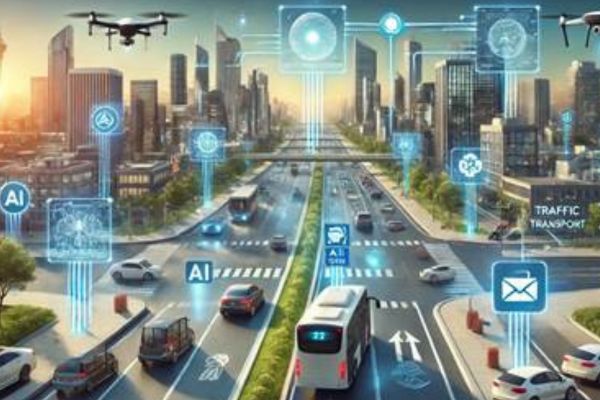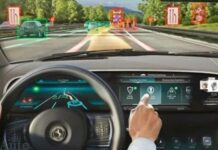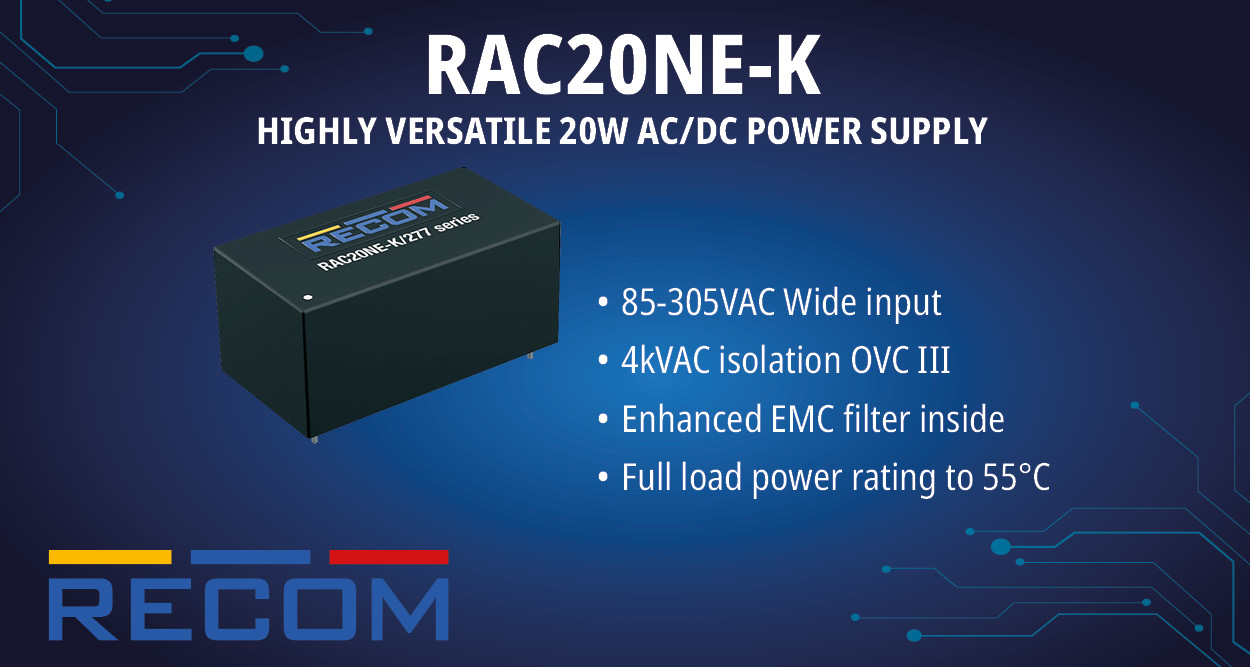In today’s fast-paced world, transportation systems are evolving rapidly to keep up with increasing urbanization, technological advancements, and environmental concerns. One of the most promising innovations in this space is the Intelligent Transportation System (ITS) market, which integrates advanced technologies such as Artificial Intelligence (AI), the Internet of Things (IoT), and Big Data to enhance traffic management, safety, and efficiency.
The Intelligent Transportation System industry, valued at US$ 41.7 Billion in 2024, is projected to grow at a CAGR of 10.22% from 2025 to 2035, reaching US$ 124.8 Billion by 2035. This growth is driven by advancements in smart mobility solutions, increasing urbanization, and government initiatives for efficient traffic management.
Understanding Intelligent Transportation Systems (ITS)
ITS encompasses a broad range of applications that aim to improve transportation networks by leveraging digital and automated technologies. These systems include:
- Traffic Management Systems – Use real-time data, sensors, and AI to optimize traffic flow and reduce congestion.
- Advanced Traveler Information Systems – Provide commuters with real-time updates on routes, weather conditions, and transportation schedules.
- Public Transportation Management – Integrates GPS tracking, automated fare collection, and fleet management systems for seamless transit operations.
- Vehicle-to-Everything (V2X) Communication – Enables vehicles to communicate with infrastructure, pedestrians, and other vehicles to enhance road safety.
- Smart Ticketing Systems – Contactless payments and mobile ticketing streamline the transit experience.
- Electronic Toll Collection (ETC) – Uses RFID and GPS technology to automate toll payments and reduce congestion at toll booths.
Market Growth and Key Drivers
The Intelligent Transportation System market is experiencing significant growth, driven by several key factors:
- Rising Urbanization and Population Growth
The increasing number of urban dwellers has led to higher traffic congestion, pollution, and longer commute times. Governments and city planners are investing in ITS solutions to enhance mobility and improve the quality of life for citizens. - Government Initiatives and Smart City Projects
Many governments worldwide are prioritizing smart city initiatives, which include investments in ITS to create efficient, safe, and sustainable transportation systems. For instance, the U.S. Department of Transportation (USDOT) has launched multiple ITS programs to improve road safety and traffic efficiency. - Advancements in AI, IoT, and Cloud Computing
AI-powered predictive analytics, IoT sensors, and cloud computing enable real-time monitoring and decision-making in transportation systems. These advancements improve traffic flow, reduce accidents, and enhance public transit services. - Increasing Adoption of Electric and Autonomous Vehicles
As the world shifts towards electric and self-driving vehicles, ITS is becoming essential for vehicle-to-vehicle (V2V) and vehicle-to-infrastructure (V2I) communication. ITS supports the deployment of smart charging stations, automated driving assistance, and navigation systems. - Growing Need for Traffic Safety and Accident Reduction
Road accidents remain a major global concern. ITS technologies such as smart traffic lights, adaptive cruise control, and emergency vehicle notification systems help prevent accidents and enhance overall road safety.
Challenges in the ITS Market
Despite its rapid growth, the ITS market faces several challenges that must be addressed for widespread adoption:
- High Implementation Costs – Deploying ITS infrastructure, including sensors, communication networks, and AI-powered systems, requires substantial investment.
- Cybersecurity Risks – As ITS relies on digital connectivity, it is vulnerable to cyberattacks and data breaches.
- Interoperability Issues – Different transportation agencies and regions use varying technologies, making it difficult to create a standardized system.
- Public Acceptance and Privacy Concerns – The use of AI and surveillance in transportation systems raises concerns about data privacy and personal security.
Key Market Segments
The ITS market is segmented based on technology, application, and region. Some of the major market segments include:
1. By Technology:
- Advanced Traffic Management Systems (ATMS)
- Advanced Public Transportation Systems (APTS)
- Advanced Traveler Information Systems (ATIS)
- Commercial Vehicle Operations (CVO)
- Vehicle-to-Infrastructure (V2I) and Vehicle-to-Vehicle (V2V) Communication
2. By Application:
- Traffic Management
- Public Transport
- Automated Parking Systems
- Fleet Management
- Smart Highways
- Incident Detection and Management
3. By Region:
- North America – Leading the market with strong government investments in smart city projects.
- Europe – High adoption of ITS in countries like Germany, the UK, and France.
- Asia-Pacific – Rapid urbanization and infrastructure development in China, India, and Japan drive ITS adoption.
- Latin America & the Middle East – Emerging markets investing in transportation modernization.
Leading Companies in the ITS Market
Several companies are at the forefront of the ITS revolution, providing innovative solutions for smart mobility. Some of the key players include:
- Siemens AG – Offers traffic management systems and smart infrastructure solutions.
- Cubic Corporation – Specializes in intelligent fare collection and transportation management.
- Kapsch TrafficCom – Provides electronic toll collection and traffic monitoring technologies.
- Thales Group – Develops advanced security and transportation automation solutions.
- TransCore – Focuses on RFID-based toll collection and traffic management.
- Garmin Ltd. – Supplies GPS navigation and tracking solutions for smart mobility.
The Future of ITS: Trends and Innovations
The ITS market is expected to evolve further with technological advancements and new trends:
- 5G and Edge Computing – Faster connectivity and real-time data processing will enhance ITS efficiency.
- Artificial Intelligence and Machine Learning – AI-driven traffic prediction and autonomous vehicle integration will transform mobility.
- Blockchain for Secure Transactions – Ensures secure and tamper-proof transportation data sharing.
- Sustainable and Green Transportation – ITS will support the shift towards zero-emission vehicles and eco-friendly mobility solutions.
- Integration with Smart Cities – ITS will be a cornerstone of urban planning, integrating with energy grids, waste management, and other smart city services.
Conclusion
The Intelligent Transportation System market is revolutionizing the way people and goods move, creating safer, more efficient, and sustainable mobility solutions. With rapid advancements in AI, IoT, and 5G, the ITS industry is poised for exponential growth in the coming years. Governments, businesses, and technology providers must collaborate to overcome challenges and harness the full potential of ITS, shaping the future of transportation worldwide.
These insights are based on a report on the Intelligent Transportation System Market by Transparency Market Research (TMR).
















